
Postman Interview Questions: 20 Postman Savvy Questions & Answers you should know!
Mar 12, 2025 5 Min Read 7035 Views
(Last Updated)
Modern-day IT firms go for Service-oriented backend architecture that allows developers to integrate API within their architecture. API is the reason two separate applications can interact with each other and share Data. For Instance, Swiggy uses Google Maps Directions API to assist their delivery partner find directions to restaurants and their customers.
API also helps users to execute actions without having to use the Application’s GUI. As a result quality testing has become an integral part of DevOps Ideology to ensure fast development without looking like a fool in front of their users. One great tool that helps developers in both manual and automated API testing is Postman.
Postman tries to simplify each step of the API lifecycle and streamline the collaboration. In this article, we’re going to unravel some crucial postman interview questions that are relevant to the tool and the ones who are trying to cut out a career in Automation Testing.
The Developers are required to master more and more complex skills.
The students aren’t learning modern software development principles in most schools & users are too far removed from the process of creating software.
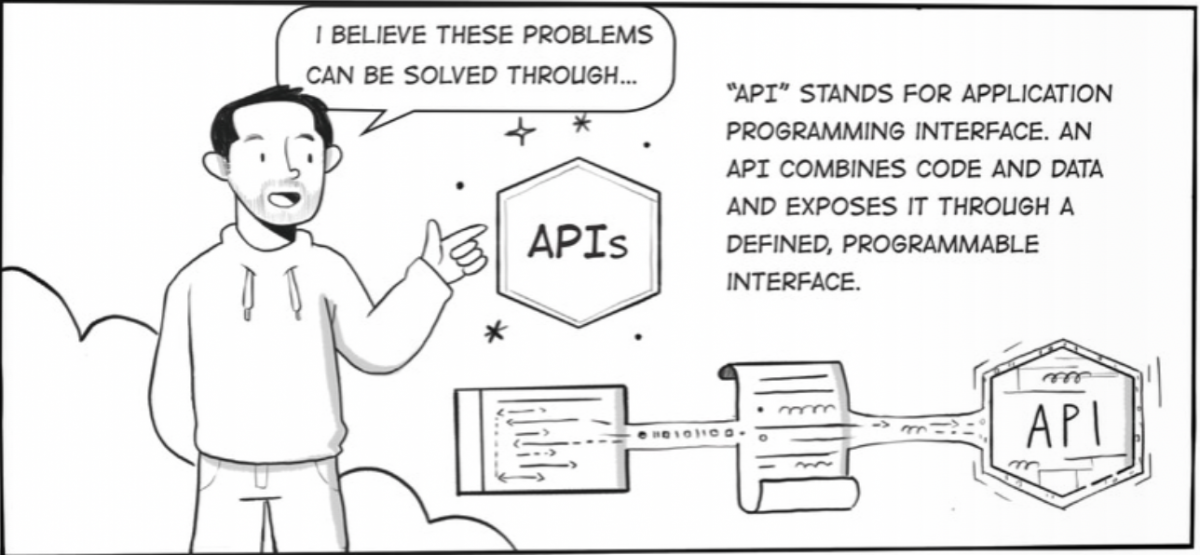
Table of contents
- But First, What's Postman?
- Why do DevOps Engineers prefer Postman?
- Most Frequently Asked Postman Interview Questions
- Name all the various authorization methods provided by Postman?
- What are the Alternatives of POSTMAN?
- What is the difference between various types of HTTP requests such as POST, GET, PUT, and PATCH?
- What are the most prevalent tools used for API testing?
- Explain all components of HTTP requests?
- What different types of API requests are supported by POSTMAN?
- Explain Idempotency and safety in Rest Service.
- What is the Postman execution order for a single request?
- What is Postman's execution order for a collection?
- What is catching in REST API?
- If there are two variables: Local & Global, the postman will prefer?
- What encoding does Postman use to accept authorization credentials and why?
- What are the most common API testing types?
- What are the most common types of bugs that can be found while API testing?
- Have you ever stumbled upon status code 201?
- Name some limitations of the Postman tool?
- Explain basic auth in Postman?
- Explain Digest Auth in Postman?
- What is Newman and how to integrate Newman with Postman?
- How can we stop executing requests or stop the collection run?
- Wrapping Up
But First, What’s Postman?
Postman is one of the scalable API testing tools that easily integrate into your CI/CD Pipeline, ensuring more reliance and efficiency in your DevOps model. There are more than 20 million developers who have signed up for Postman, and nearly 4 million developers use Postman daily. Postman makes it easy for developers to share, create, test as well as document API. All of this was possible by enabling users to save and create simple and complex HTTP/HTTPS requests, as well as read their responses.
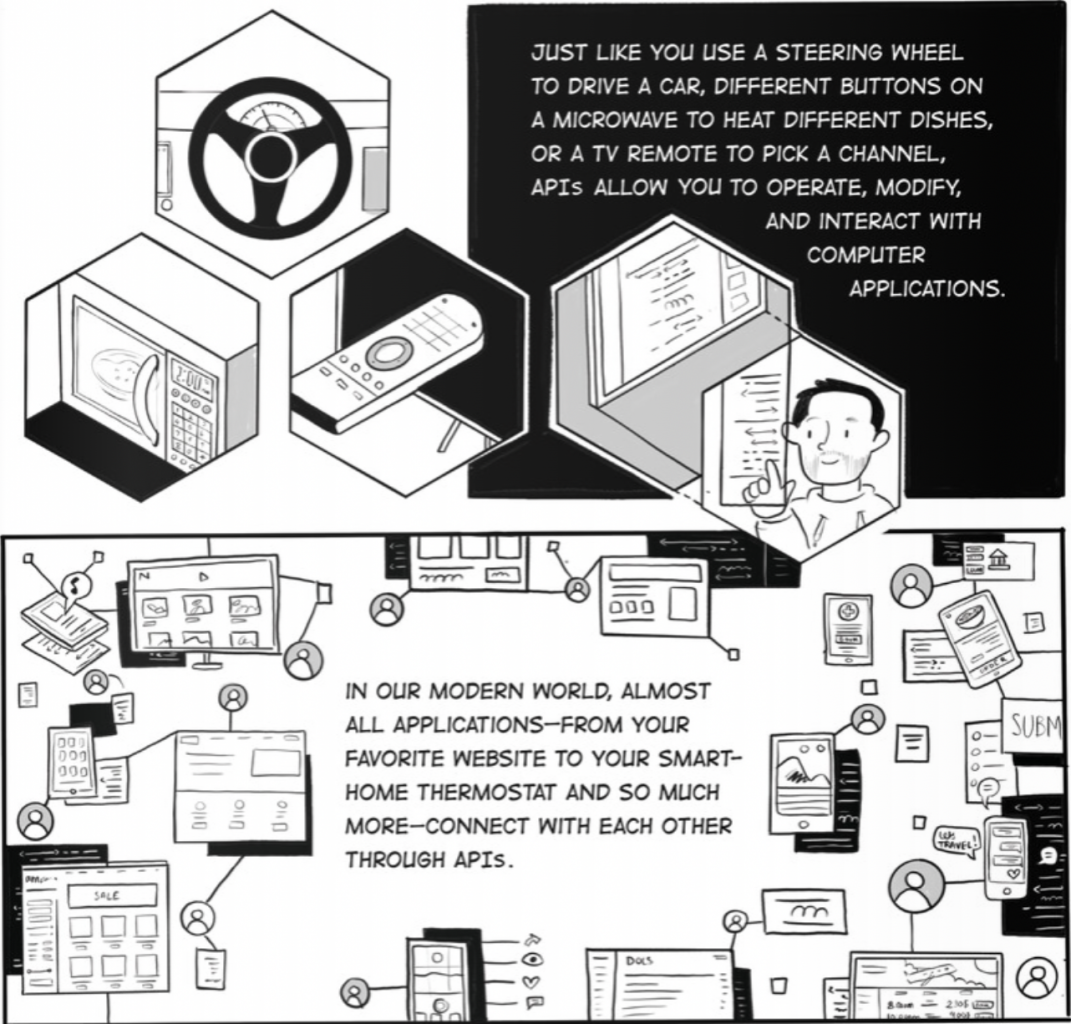
Postman is pretty convenient when it comes to executing APIs. It also serves as a tool suite that covers a series of tools to assist developers to accelerate their API lifecycle- from design, documentation, testing, and mocking to sharing with your fellow developers or with the world. So once you’ve entered and saved them, you can simply use them over and over again, without having to remember the exact endpoint, headers, API keys, etc.
Apart from this, the platform is absolutely free for teams of any size & offers a growing community of developers, sharing and publishing great APIs for efficiency. It also facilitates test suits into the company’s preferred CI/CD tools such as Jenkins with Newman.
Before we move to the next part, If you’re interested in DevOps career, then you can consider enrolling yourself in GUVI’s DevOps Course, which lets you gain practical experience by developing real-world projects and covers technologies including Agile, Scrum, Linux, Git, Bash Scripting, Dockers, Containers, AWS infrastructure, etc.
Why do DevOps Engineers prefer Postman?
- Ease of use: Postman is an easy-to-use software service that can send various types of HTTP requests such as GET, PUT, PATCH, POST, etc. ( You can find more detail about them in question.
- APIs Support: Postman facilitates DevOps Engineers to make API call requests for REST, SOAP, or plain HTTP and easily inspect even some of the largest responses.
- It is extensible: Postman facilitates us customizing it according to our needs with the Postman API.
- Runtime Services: Postman provides Runtime Services that help us manage API collections, environments, workspaces, and different examples.
- Debugging – Postman console helps to check what data has been retrieved making it easy to debug tests.
- Continuous Integration – With its ability to support continuous integration, development practices are maintained.
Now let’s outline some most prevalent postman interview questions asked by the reviewers in relevance to the Postman tool.
Most Frequently Asked Postman Interview Questions
1. Name all the various authorization methods provided by Postman?
POSTMAN platform provides the following API request options
- Oauth 1.0
- API key
- Oauth 2.0
- Basic auth
- Bearer Token
- Hawk Authentication
- AWS signature
- Digest Auth
- NTML Authentication
2. What are the Alternatives of POSTMAN?
To name a few;
- Insomnia REST Client
- SoapUI
- Hoppsscrotch
- Paw
- ThunderClient etc
3. What is the difference between various types of HTTP requests such as POST, GET, PUT, and PATCH?
Let’s deconstruct all HTTP requests one by one.
Post: Post API request is used for “Create Operations.” It enables clients to create resources without knowing the URI of the new source. POST method is not altered which implies that if we execute the POST request n times, we will get ‘n’ resources with N different URIs.
Put on the other hand is another HTTP method used to make new resources at a particular URI or either to update an existing resource at the same URI. To make new URIs, using PUT all we need to know is the exact URI where data needs to be put. If in case there is data in the specified URI, the entire data is overwritten which is updated.
PATCH is another HTTP method that is used to update a resource with partial data. Unlike PUT, PATCH does not need the full payload to update a resource. Just like the name suggests, if a resource has 100 fields, using PATCH would be a better option as using PUT will need to update all 100 fields.
GET Request is used to request a resource from a data server. What’s interesting about ‘GET’ requests is that they only fetch data ( the servers must not change their state). In case the developer wants to change or update data, they need to go with PUT, PATCH, POST, or DELETE HTTP requests
4. What are the most prevalent tools used for API testing?
Here’s a list of tools that are used for API testing
- Postman
- Katalon Studio
- Selenium
- SoapUI
- Jmeter
- Apigee etc.
5. Explain all components of HTTP requests?
There are basically five components of an HTTP request. Let’s define them one by one.
- HTTP Methods: Features a set of request methods that are used to perform the required action for a given resource. ( GET, POST, PUT, DELETE, PATCH, etc)
- HTTP Version: It specifies the version of HTTP, for instance, HTTP v1.1
- Uniform Resource Identifier: The address to describe the resource.
- Payload: Used to specify a specific request body that includes message content. or example: Content-type: application/ JSON, Content-Length: 511
- Request headers: It specifies the content length & content type of the request.
Wanna learn Jenkins? Search no more. Click this link for Jenkins Interview Cheatsheet.
6. What different types of API requests are supported by POSTMAN?
Postman supports: GET, PUT, POST, COPY, PATCH, DELETE, OPTION, HEAD, LINK, PURGE, UNLINK, LOCK, UNLOCK, VIEW and PROPFIND.
7. Explain Idempotency and safety in Rest Service.
Idempotence is the property of specific operations in mathamatics and CSE, that can be applied multiple times without altering the result beyong the initial application. With respect to POSTMAN tot: Idempotence implies that multiple identical HTTP requests will have same outcome. Idempotency and Safety are often used interchangebly, as they are related but they differ somewhat significantly. A “safe” method is one that functions in a “read-only” mode.
HTTP methods that do not alter the server state are considered safe methods. Some of the notable mentions include GET, HEAD, TRACE, and OPTION, which are only used for read-only operations and do not affect the server state.
All SAFE methods are automatically Idempotence, but there are a few methods such as PUT & DELETE which are idempotence but not safe. POST and PATCH are neither impotent nor safe.
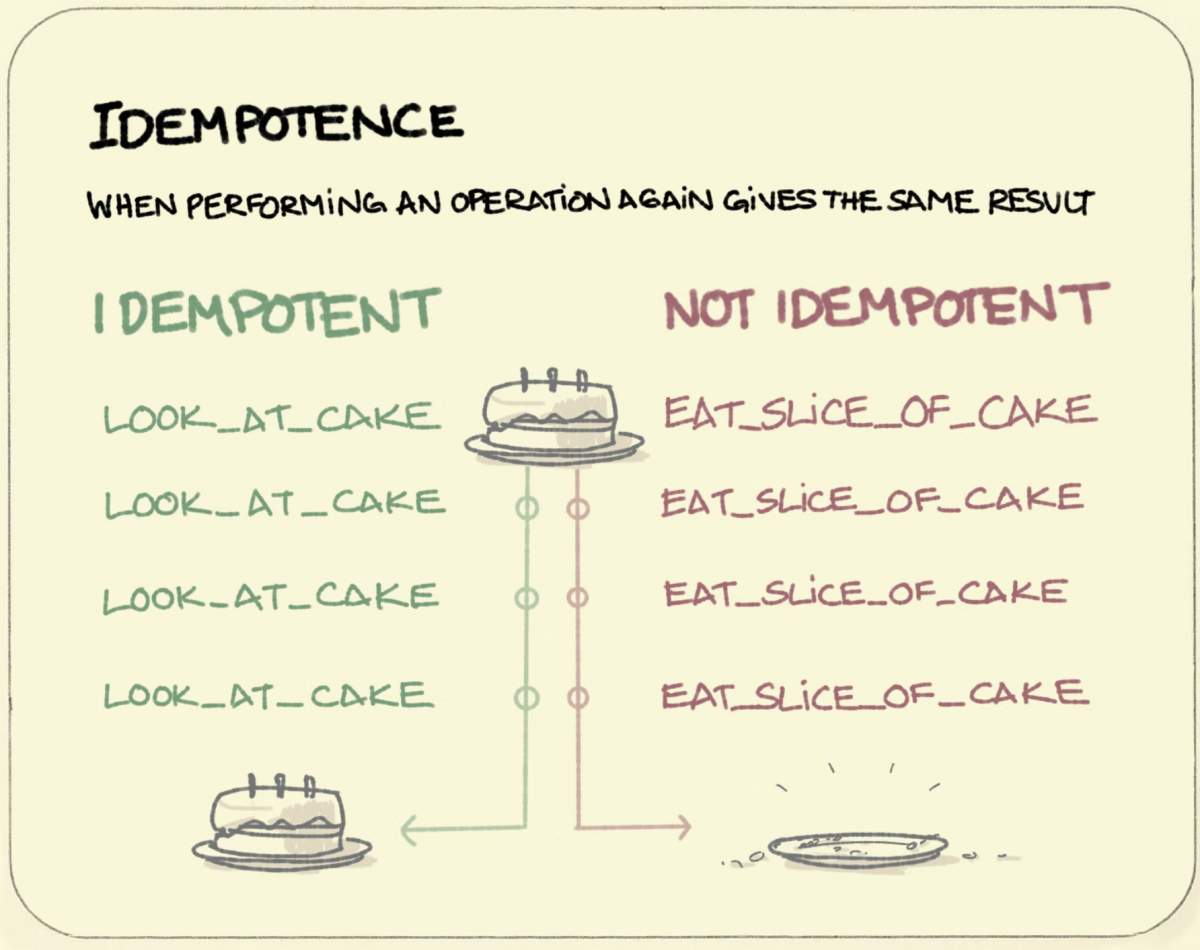
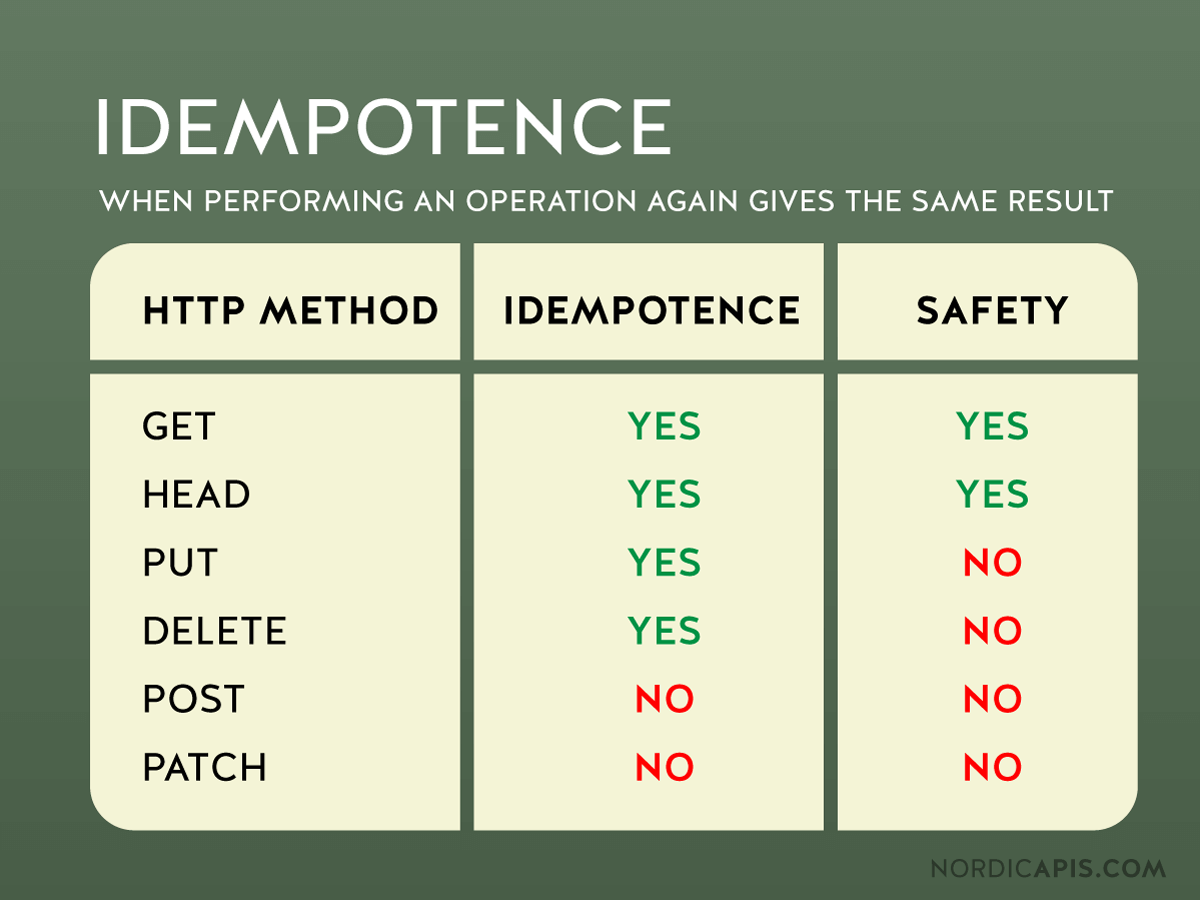
8. What is the Postman execution order for a single request?
Post follows various processes when the script of a Single request is executed:
- A pre-request script associated with a request will execute before the request is sent.
- A test script associated with a request will execute after the request is sent.

9. What is Postman’s execution order for a collection?
For every HTTP request in the collection, the Postman scripts will execute in the following order:
- There is a pre-request script that is associated with the Collection, the first order of business is to run it before entertaining any requests.
- Now to specify the folder, a pre-request script folder will run prior to every request in the order.
- Now the HTTP requests are made.
- After each request to make a change in the collection, a test script associated with collections will run.
- After each request to make a change in the folder, a test script associated with the folder will run.

10. What is catching in REST API?
Caching is the usual method for network optimization by minimizing the load on the servers. It is the ability of the browser or system to store copies of frequently accessed data. When it comes to HTTP requests; GET requests are by default catchable since it’s used to request a resource, however, POST can be made catchable.
11. If there are two variables: Local & Global, the postman will prefer?
The POSTMAN will always give high priority to the Local Variable in case there are two variables, one being local and the other global. The local variable will overwrite the Global variable.
12. What encoding does Postman use to accept authorization credentials and why?
Postman accepts Authorization credentials in Base64 encoding only. Base64 transmits the data into the textual form and sends it in an easier form, such as HTML form data. This is inbuilt in Postman, or else you can also take the help of a third-party website to convert the credential in Base64.
13. What are the most common API testing types?
Fuzz Testing, Validation Testing, Penetration Testing, Functional Testing, Load Testing, Security testing, and more.
14. What are the most common types of bugs that can be found while API testing?
Here are some bugs which are pretty prevalent in the Postman tool.
- Security Related bugs
- Inappropriate response in XML/JSON
- High Response time
- Unhandled Error Codes
- Test Data Script-related bugs for instance required fields, Format issues for dates, phone numbers, addresses, etc.
15. Have you ever stumbled upon status code 201?
The status code 201 implies creation, when you have successfully created a resource using a PUT or POST request. It returns a link to a newly created resource using the location header. ( it is one of the postman interview questions which will distill novice from advanced)
16. Name some limitations of the Postman tool?
- It can’t process 1000+ API requests.
- In case you’re dealing with huge automation projects, it isn’t easy to manage requests and collections.
- Postman is not highly suggested for managing the workspace in the form of code. As it will lead to a lot of code duplication for dynamic API requests.
17. Explain basic auth in Postman?
Basic Auth in postman is a type of authorization technique provided for HTTP user agents like web browsers to enter username & password. After entering the correct username & password, it gets associated with the request.
18. Explain Digest Auth in Postman?
Postman provides Digest Auth for the client to send the request first to API and get a response from the server. The Auth key includes a number that can be used only once for real value and 401 unauthorized responses.
After that, the client can send back an encrypted data array with both username and password and the data received from the server earlier. Now, the server uses this data to generate an encrypted data string and compares this with what was sent for authenticating the request.
19. What is Newman and how to integrate Newman with Postman?
Newman is a CL- collection runner for Postman. With the help of Newman, you can run a Postman collection directly from the command line. The easiest way to integrate and install Newman is through NPM. If you have Node.js installed, it is most likely that you have NPM installed as well. Here are the relevant codes to install Newman and run collections.
Install:
$ npm install -g newmanRun the collection:
$ newman run mycollection.json20. How can we stop executing requests or stop the collection run?
If you have Newman installed within your system and Postman, you can simply write the following command in the CLI.
postman.setNextRequest(null); * This blog is regularly updated. Check again for more Postman Interview Questions.
Wrapping Up
So this was our basic addition of Postman Interview Questions & Answers. As a leading EdTech Platform, we’re committed to filling out all the resources in every form; blog, videos, and courses, so that it can help your career in the long run.
Enroll in GUVI’s Selenium Automation Testing Course for a perfect mix of live classes, real-world projects, case studies, and crucial insights from industry experts. Master Automation with Python, Selenium, HTML, CSS, Web Automation, JMeter, Software testing fundamentals, MySQL, Jenkins, API testing, Web Development & excel with placement assistance.























![Top React Interview Questions and Answers! [Updated] 9 React Interview Questions](https://www.guvi.in/blog/wp-content/uploads/2022/01/Top-React-Interview-Questions-and-Answers.webp)

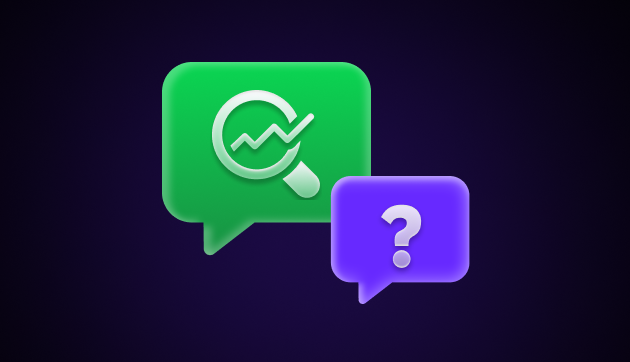
![Top 20 RPA UiPath Interview Questions and Answers [2025] 11 rpa uipath interview questions](https://www.guvi.in/blog/wp-content/uploads/2023/02/Top-20-RPA-UiPath-Interview-Questions-and-Answers.png)
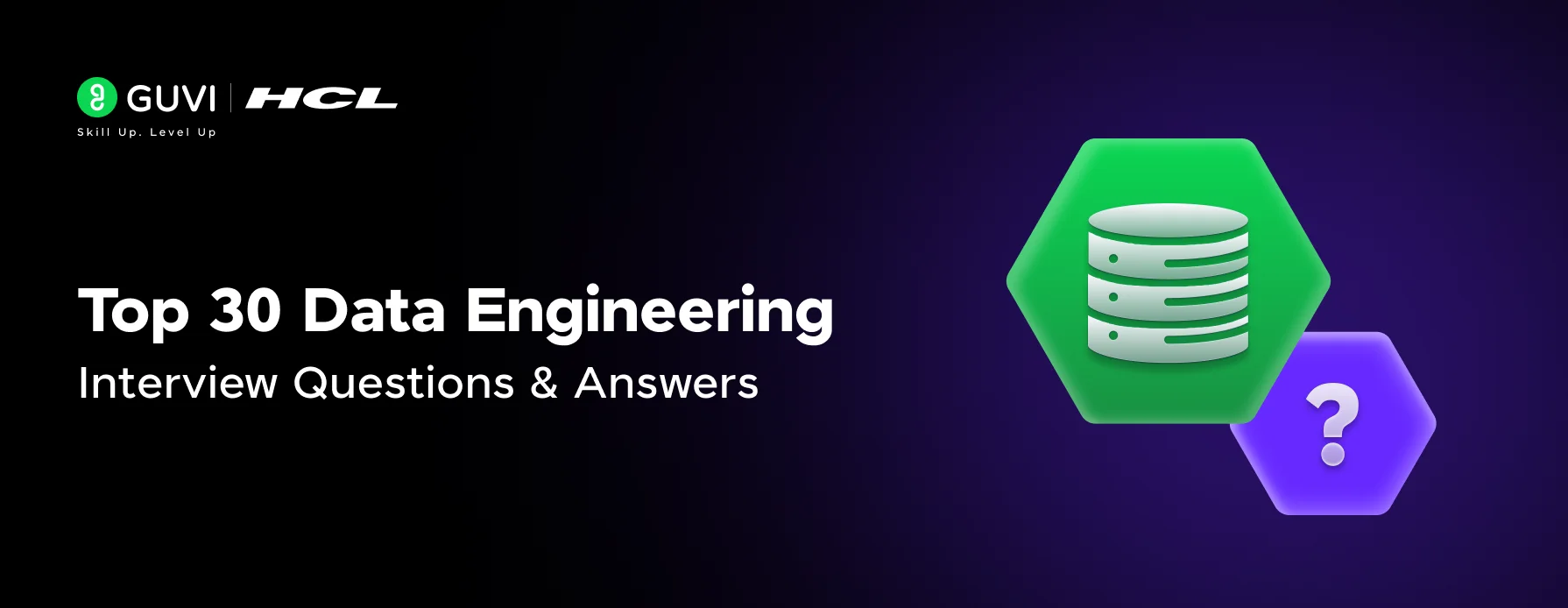
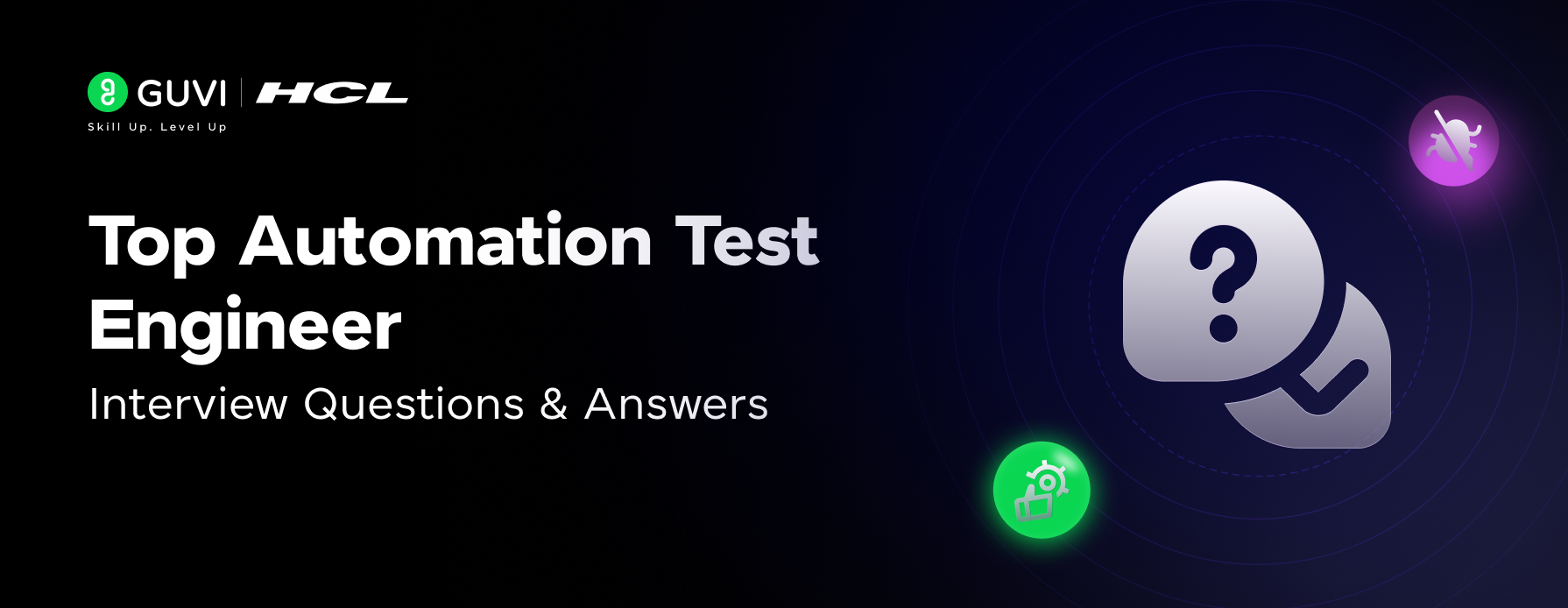
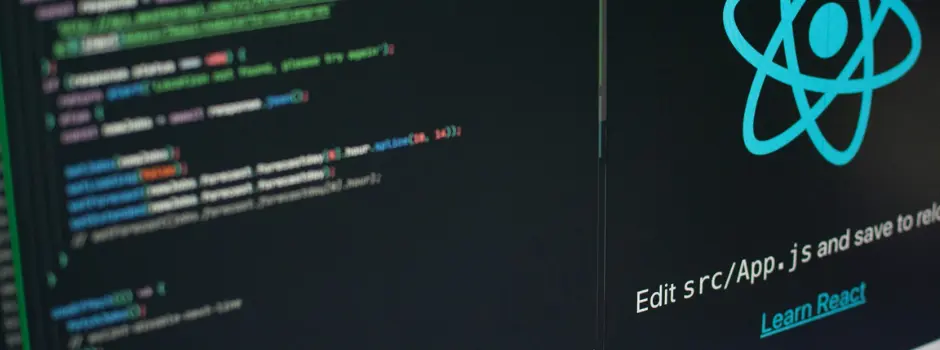

Did you enjoy this article?